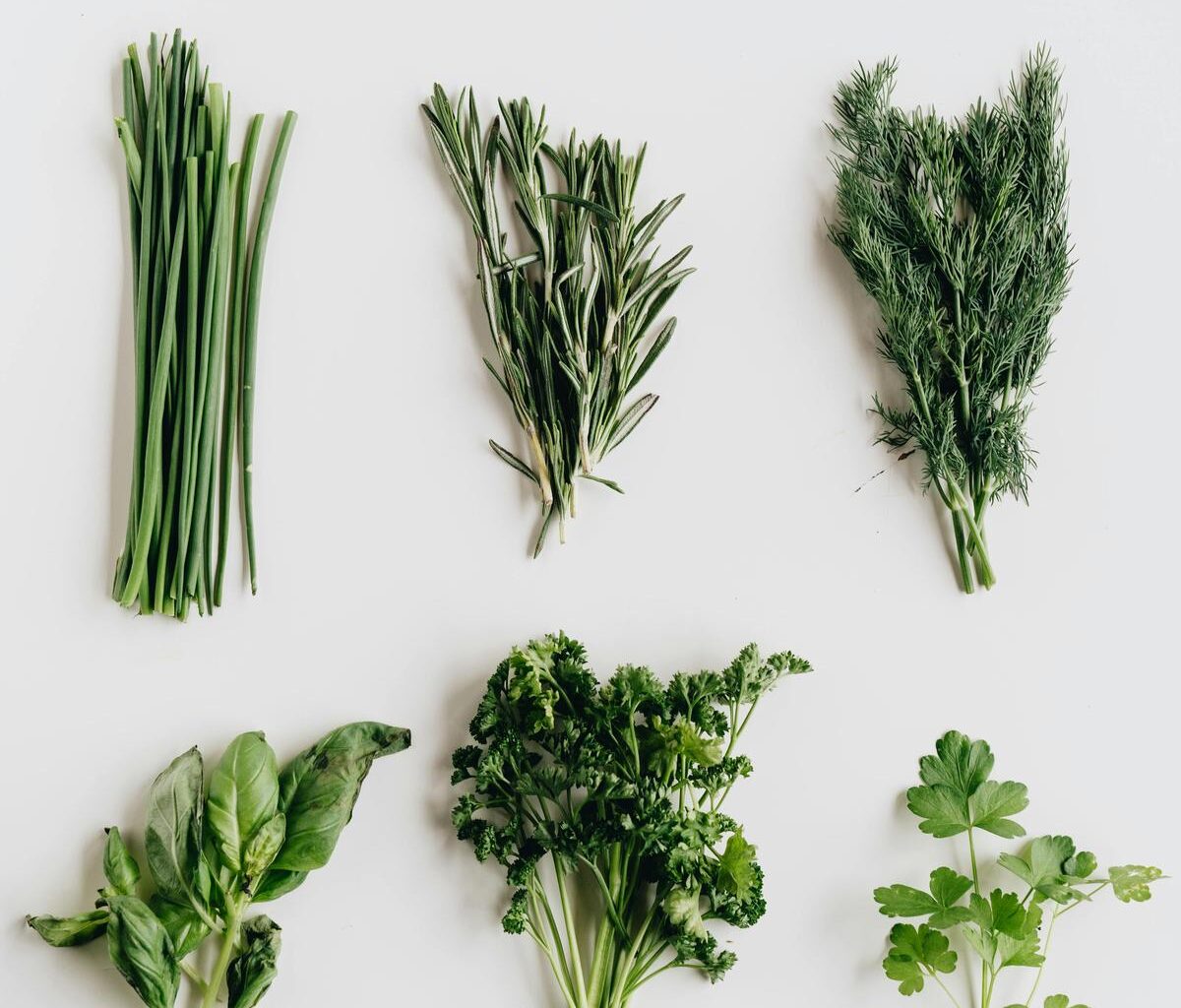
We all know that eating more plants is a good idea — and most of us think that’s because they contain vitamins and fibre. But there are other compounds in plant foods that researchers are becoming increasingly interested in: polyphenols. They’re the natural chemicals that plants produce to protect themselves, and that seem to have powerful effects in the human body too.
“Animal and human studies show that different polyphenols are linked with different health effects — everything from brain health to metabolic health,” says registered dietitian and BDA media spokesperson Dr Sammie Gill.
There’s also evidence to suggest that eating a diet high in these plant chemicals could lower the risk of neurodegenerative diseases such as Alzheimer’s, improve heart health, and slow down the signs of skin ageing.
But what exactly are they? How do they work? And which foods are the richest sources?

Cavolo nero is high in polyphenols
Donna Darfulk/Pexels
“Polyphenols are a large group of compounds with health-protective properties found naturally in plant-based foods,” explains Dr Gill. They’re divided into subclasses including flavonoids, phenolic acids, lignans and stilbenes — but there are probably many more.
“To put it into perspective, around 10,000 types of polyphenols have been identified so far, but many more remain unknown and are yet to be classified,” says Dr Gill. “It’s estimated that modern diets typically include around 200 plants, yet there are around 300,000 edible plants on Earth — highlighting the vast number of potentially undiscovered polyphenols.”
Polyphenols help protect plants against threats such as UV light, insects and other environmental stressors — and interestingly, when we eat them, they help protect us against threats too.
Why are people talking about them now?
As Dr Gill explains: “While fibre is well known as the primary ‘food’ for gut microbes, polyphenols are gaining recognition as another important ‘food’ source. In fact, it’s thought that 90 to 95 per cent of polyphenols make their way through the gut and are fermented by the microbiome. In return, they release a variety of compounds that the body can utilise to support health.
“Polyphenols offer protective health effects and are gaining recognition for their role in maintaining health and reducing the risk of long-term conditions.”
In fact, while they’re not currently classed as essential, many researchers support the idea of a dietary recommendation because of their impressive health benefits.
What are the health benefits?
Firstly, polyphenols have an anti-inflammatory effect in the body, which helps reduce the risk of disease.
Large observational studies show that eating a diet rich in polyphenols is associated with a lower risk of several chronic conditions. For example, one study found that people who followed diets high in polyphenols had a 46 per cent lower risk of developing heart disease compared with those whose diets contained the least.
Some of these positive effects may come from the fact that polyphenols feed the gut. Acting like prebiotics, they nourish beneficial gut bacteria and increase microbial diversity — which in turn supports immunity, digestion, and even mood.

Green tea is a concentrated sources of polyphenols
Pixabay
Certain polyphenols, such as flavonoids in berries and cocoa, are thought to improve blood flow to the brain and may reduce the risk of cognitive decline. Others, found in extra virgin olive oil, dark chocolate, and green tea, can help relax blood vessels, improving circulation and lowering blood pressure.
Polyphenols are also known for their “anti-cancer properties,” says Dr Sammie Gill, with some studies suggesting they may help prevent the spread of cancer — though more research is needed.
In general, polyphenols could help you continue to look and feel youthful. As antioxidants, they neutralise free radicals, protecting cells from oxidative stress and helping to slow down the ageing process — meaning that eating more plant foods can help give you glowing, healthy-looking skin.
Which foods contain them?
Polyphenols are abundant in plant foods, but some have a higher concentration than others. Luckily, there are clues as to which plants contain the most: vibrant colours and strong flavours are often a sign of polyphenols.
For example, vividly or darkly coloured fruits and vegetables are usually high in polyphenols. These include cherries, plums, aubergine, beetroot, red onions, and dark leafy greens such as cavolo nero or spinach.
Berries in general are also a good source, including blackberries, blueberries and raspberries.
Beans – especially black beans and kidney beans – are another excellent source, as are lentils. Nuts such as walnuts, hazelnuts, pecans and almonds are also good sources.
“Tea (both green and black), coffee, herbs and spices are all concentrated sources of polyphenols,” says Dr Gill. “For example, cloves contain around 15,000mg of polyphenols per 100g, while cocoa powder contains around 3,400mg per 100g.
EVOO is a potent source of polyphenols
Odysea
“Dark chocolate is another concentrated source at around 1,600mg per 100g, whereas milk chocolate contains much less.”
Herb-wise try oregano, thyme, rosemary, sage and parsley.
Extra virgin olive oil (EVOO) is a potent source of polyphenols, but it depends how fresh it is. When buying, look for the most recent harvest – which happens every autumn – as polyphenols decline over time.
That slightly peppery or cough-inducing sensation you get from very high-quality olive oil isn’t a bad thing — it’s actually a sign that it’s rich in polyphenols.

